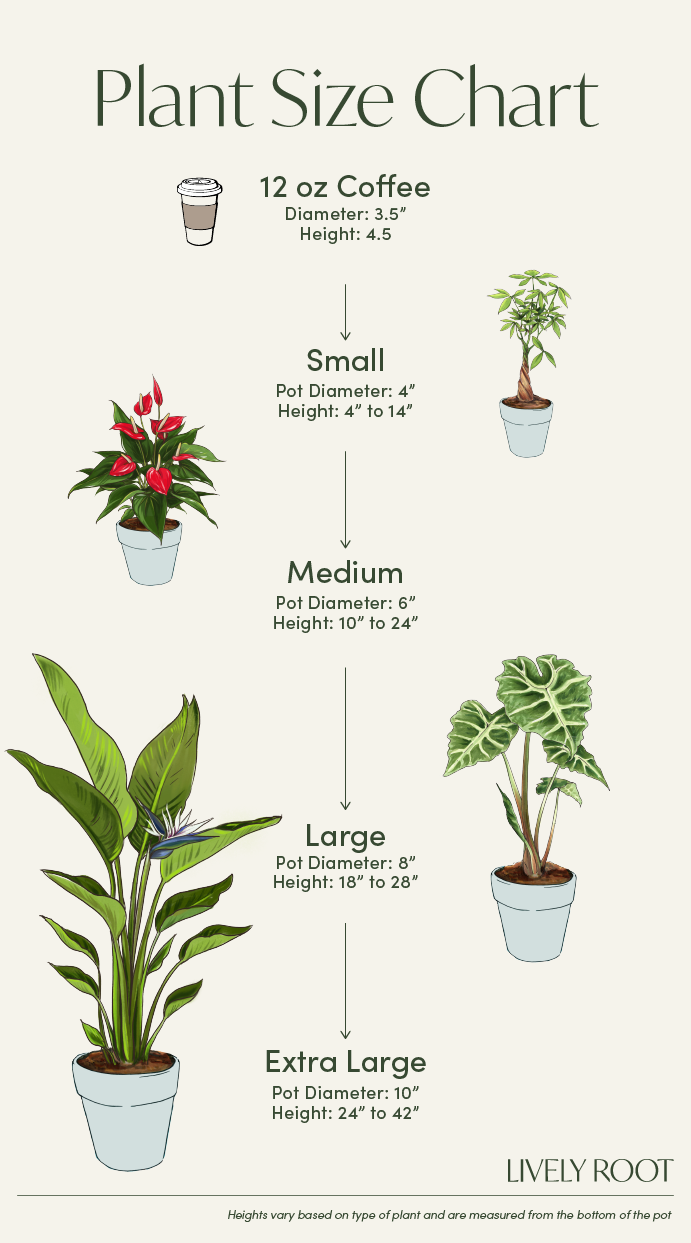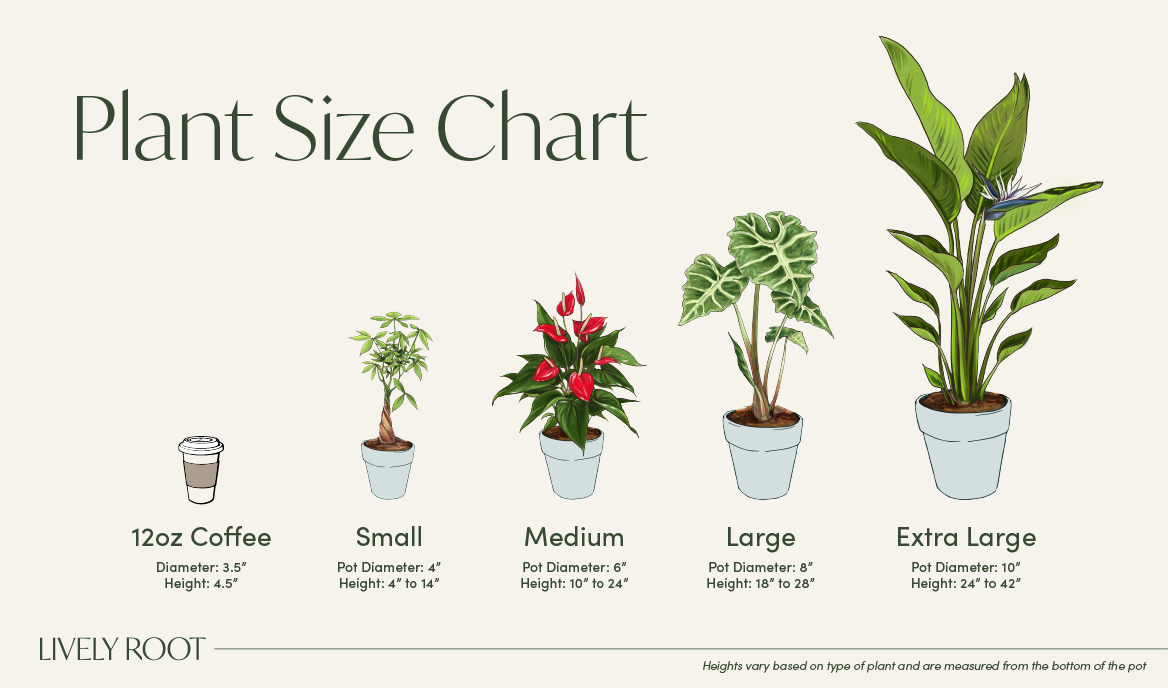

Looking for a collection of medium-sized plants that's safe for your pets? Look no more! You've arrived at the right place. The Peacock Plant and Chinese Money Plant are both gorgeous, pet-friendly, and, most importantly calming!
This collection includes two medium-sized Peacock Plants two medium-sized Chinese Money Plants.
Calathea medallion Care Guide

Bright, indirect light to filtered sun.
Allow the soil to dry out completely between waterings.
Enjoys moderate to high levels of humidity. Spritz occasionally.
You might also like...

















